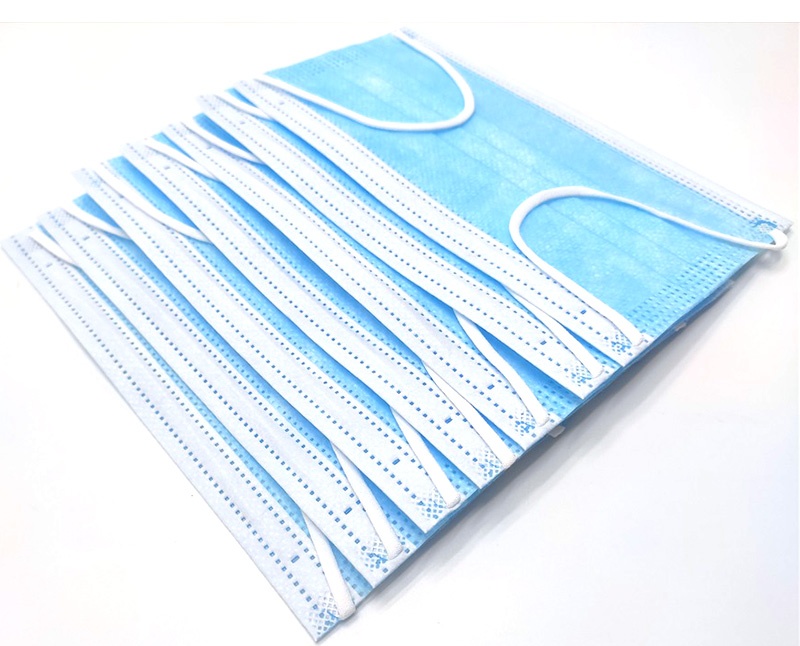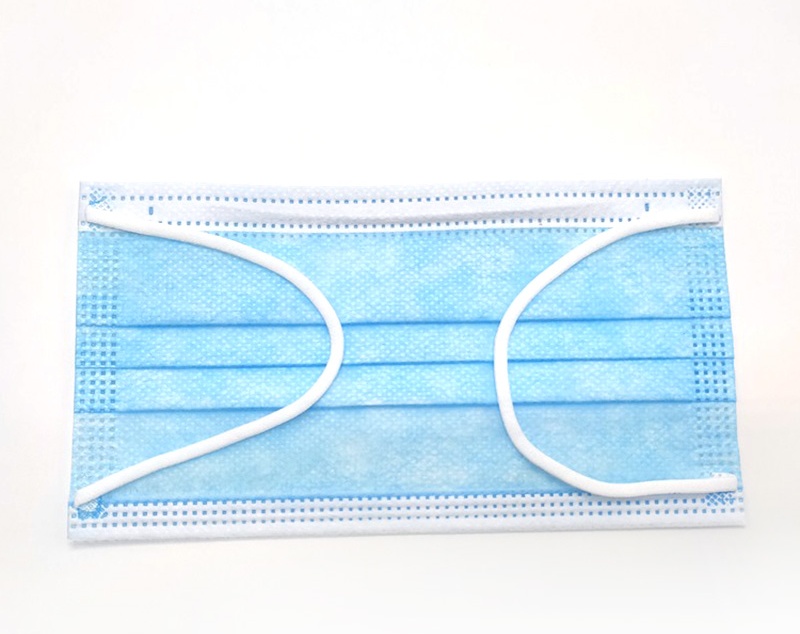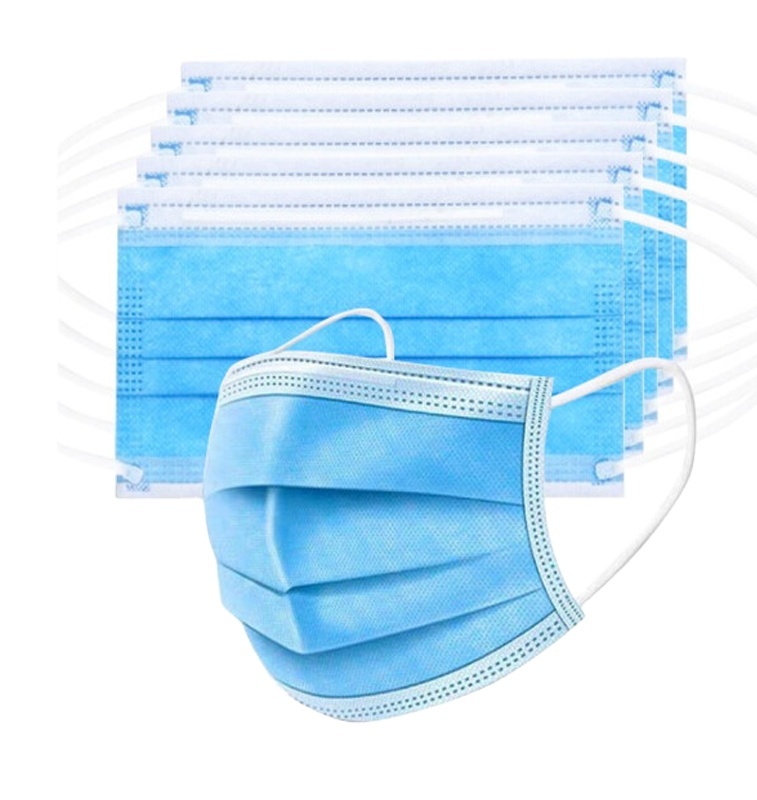The spring temperature rises, and the pro-fish species gradually enter the good time of feeding and growing, and grasping the breeding and management of the broodstock at this time can promote early diet, restore constitution, accelerate growth, enhance disease resistance and increase survival rate, and promote gonadal development. The breeding of broodstock lays a good foundation. For this reason, the farmers are reminded to pay attention to the following aspects in the breeding of pro-fish species. First, stocking The main purpose of the stocking of broodstocks is to promote gonad development, generally using polyculture, which can make full use of water space and feed resources. In order to grasp the growth and development of broodstock and to facilitate oxytocin production, the broodstock originally concentrated in larger ponds should be transferred to a small pond for cultivation at a water temperature of about 10°C. Disinfection of the small ponds should be done well before the pooling. Select 100 liters of quicklime per acre for the sunny days. When dividing the pool, the broodstock with good growth and development and the broodstock with poor growth and development should be raised and raised, and the stocking density should be 120-150 kg per mus, and the broodstock placed in each pond can be used up when the production is finished. the best. Second, casting fertilizer After the water temperature rises in the spring, the broodstock is in a stage of rapid growth and development and requires a lot of nutrients. The broodstock of the squid is cultivated in the spring and is mainly fed with fertilized and cultivated food organisms. Distribute base fertilizer in the pool before pooling, and apply 300-500 kg of organic fertilizer per acre. The squid brood pool should be given more manure, and the scorpion fish pond should be given more excrement. The amount of topdressing should be less than once in order to stabilize the water quality so that the pool water is both "live" and "fat", and the transparency is about 30 cm. The spring cultivation of grass carp broodstock should be dominated by green material, supplemented with fine material. Pre-feeding of grain buds, malt, buckwheat cakes, etc., and early feeding of lettuce leaves, ryegrass, etc., and then transferred to only cast green feed. Near the ovulation period, the food intake of gonads of mature grass carp will be significantly reduced or even stopped feeding. Grass carp broodstock is mainly fed with snail meat supplemented with bean cake or compound feed. In order to improve the breeding effect, it is generally required to feed a fully-fed artificial compound feed in order to enhance the body composition of the fish and accelerate its growth. When the water temperature on the surface of fish ponds rises to about 10°C, fish begin to feed a small amount and they can start feeding. The amount of feeding should be increased or decreased according to the water temperature and the feeding and feeding conditions of the broodstock. Third, adjust the water quality After the spring, the depth of the pool water is controlled at about 1 meter, which will help the water temperature rise, promote the growth and reproduction of food organisms, and also be beneficial to the feeding of broodstock. Pro-fish ponds should always be flushed with fresh water to keep the water fresh and increase the amount of dissolved oxygen in the water. Before the spring feeding and fertilization, the old water in the pool should be replaced by half, and new water should be added. This is conducive to increasing the temperature of the pool water and converting the energy of the pond material and promoting the growth and development of the broodstock. At the same time, flushing in spring is also an important measure to promote gonad development in broodstock. The grazing broodstock pool is generally flushed twice a month, each time adding 5 to 10 centimeters of water; before puerperium, the broodstock and broodstock are flushed once every week for 1 to 2 days, or to make the water into a microfluidic state. In the first half of the month before the birth of the broodstock, the broodstock fish should flush water once every 2 to 3 hours. The entire cultivation process of the grass broodstock should keep the water fresh and its transparency should be kept above 35 cm. Face Mask,medical 3-ply face masks, anti-dust face mask,3 ply earloop for kids face masks Suzhou Xuanweicheng Biotechnology Co., Ltd , https://www.xwc-medical.com

 Medical surgical masks are used to wear on the nose and mouth of medical staff in the operating room to prevent the spread of dander and respiratory microorganisms to open surgical wounds, and to prevent the spread of surgical patients' body fluids to medical staff, playing a two-way biological protection role. Medical protective masks fully meet the requirements of epidemic prevention and are one of the best and most effective materials for epidemic prevention at present.
Medical surgical masks are used to wear on the nose and mouth of medical staff in the operating room to prevent the spread of dander and respiratory microorganisms to open surgical wounds, and to prevent the spread of surgical patients' body fluids to medical staff, playing a two-way biological protection role. Medical protective masks fully meet the requirements of epidemic prevention and are one of the best and most effective materials for epidemic prevention at present.
Wearing masks correctly is an effective means to block the transmission of respiratory secretions. Choosing medical surgical masks can well prevent the spread of respiratory infectious diseases. How to wear it as follows:
(1) Wash your hands before wearing the mask, and avoid touching the inner side of the mask with your hands during the process of wearing the mask to reduce the possibility of the mask being contaminated;
(2) When wearing, distinguish the inside and outside, up and down of the mask, the light-colored side is inside, the dark-colored side is outside, one end of the metal strip (nose clip) is above the mask, and the folded surface is fully unfolded;
(3) Turn the side with the nose clip upwards, cover the mouth, nose and jaw, adjust the lower end of the mask to the proper position of the lower jaw, hang the elastic bands on both sides on both ears or tie the straps at both ends to the back of the head , then squeeze the nose clip so that the mask fits the face completely.